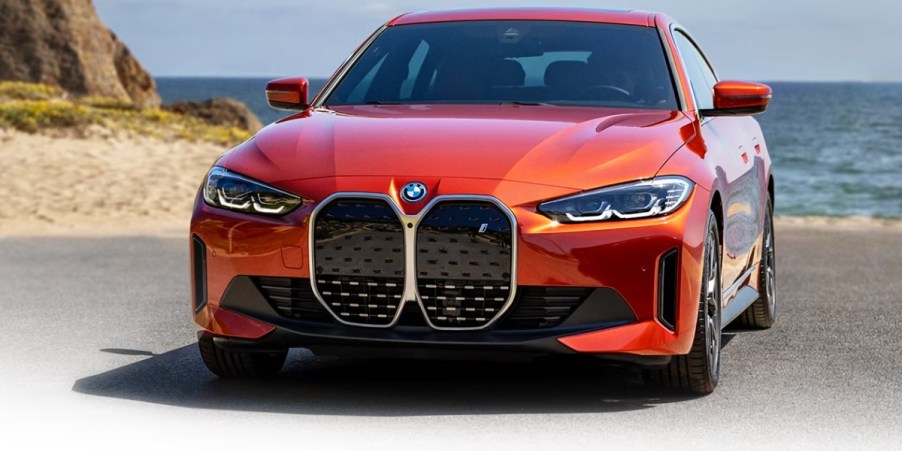
Why BMW’s Heated Seat Subscription Spells Trouble for Drivers
Is your credit card bill hit with tons of subscription fees every month? Subscription-based business models have become a part of daily life. From streaming to gym memberships, monthly fees have crept their way into the lives of millions of consumers. Even automakers like BMW are creating subscription-based services around certain features. BMW’s heated seat subscription may not affect Americans now, but it could in the future.
What company is charging for heated seats?
German luxury automaker BMW sells heated seat subscriptions in several countries. This service hasn’t hit the U.S. market yet, but it could in the near future. What does this service mean for the industry as a whole, and are drivers willing to subscribe to such a service?
BMW is a huge name in the luxury automobile space alongside brands like Mercedes-Benz. Its vehicles aren’t the most reliable but offer strong performance and top-of-the-line creature comforts. Heated seats are among the many standard features associated with some of the most popular BMW models. Drivers are willing to pay big bucks for BMW automobiles. Paying a subscription fee for access to certain features like heated seats isn’t entirely outside the realm of possibility.
Features like over-the-air updates allow automakers to improve the technology and capability of vehicles without recalling them. This is a game-changer and allows brands to sell subscription-based features. So, are some drivers willing to pay a subscription fee for monthly access to premium creature comforts and technology? Yes. But that isn’t a great look for the industry as a whole.
How much does a heated seats option cost?
BMW launched the feature in South Korea for the equivalent of roughly $18 a month to heat a vehicle’s front seats. The company offers several different subscription packages that reduce the monthly cost for longer commitments. Its unlimited access package costs around $415 a month to keep the feature permanently.
There are some positives to potential subscription features. For example, drivers could carefully pick and choose specific features they’d like to add to base models. This could make for a more custom experience for vehicle leasing and ownership.
The downside of subscription-based features is that they could lead to more barebones base models. If this reduces the overall cost of base model vehicles, worse things have happened in the industry. However, there are plenty of standard safety and driver assistance features that consumers enjoy. Itemizing those features and charging separate costs per feature could infuriate consumers. So, it makes sense that BMW hasn’t rolled out the subscription in America yet.
The future of subscription features for vehicles

In a world of Tesla subscriptions and Toyota remote start subscriptions, the future of the industry looks bleak in the eyes of many consumers. After all, another monthly bill doesn’t exactly excite the average driver. BMW buyers shouldn’t be forced to subscribe for heated seats in their X3 small SUV or 3 Series Sedan. That being said, having the option doesn’t hurt. In conclusion, the final word on subscription services for vehicle features is they’re great as an option and horrible as a necessity.



